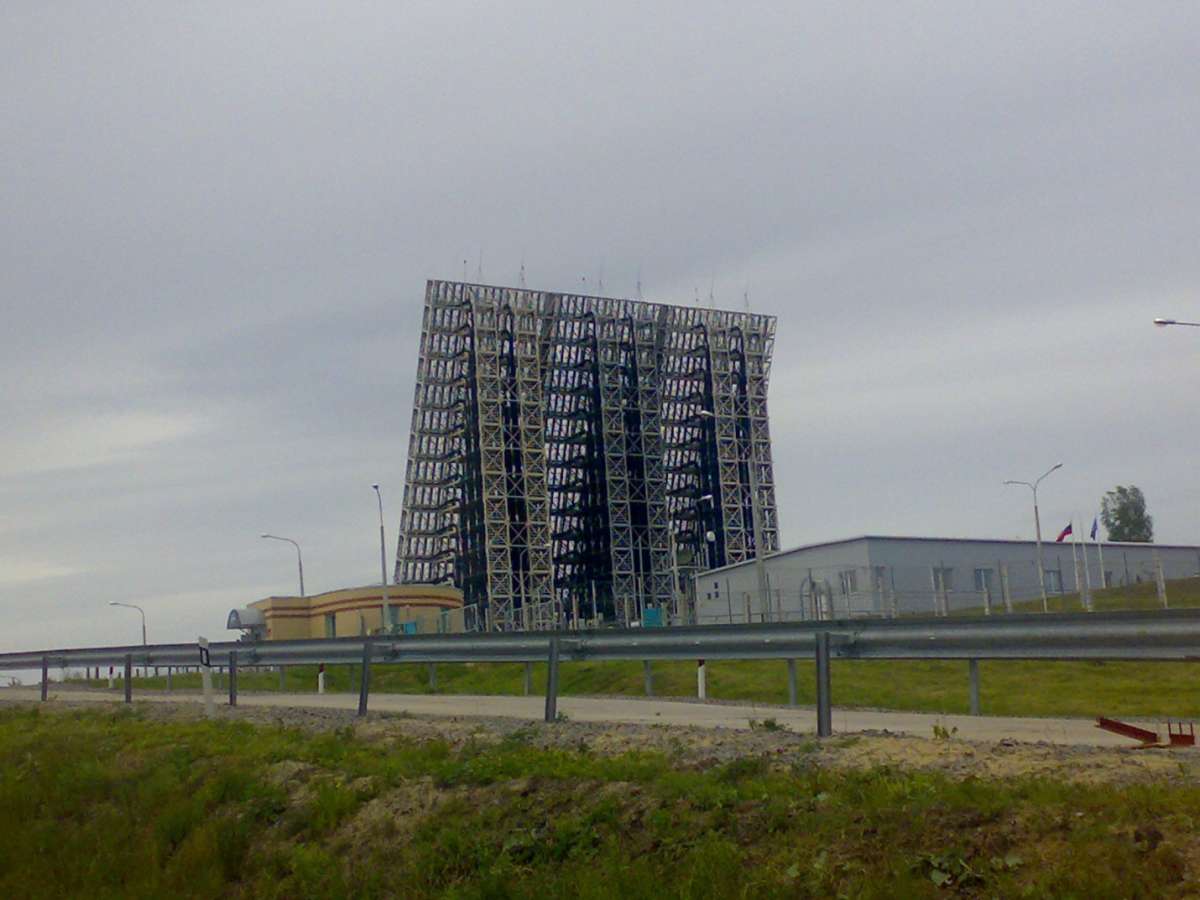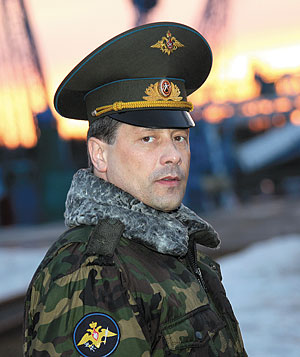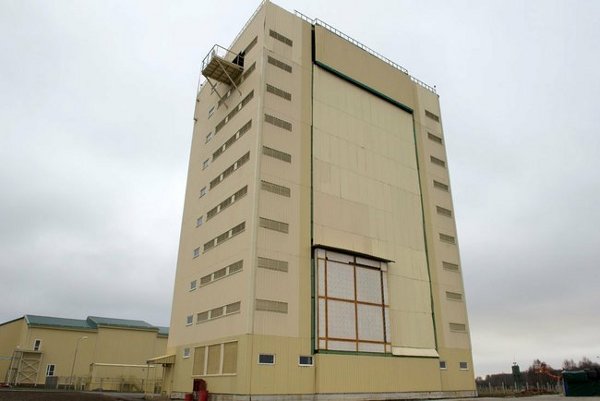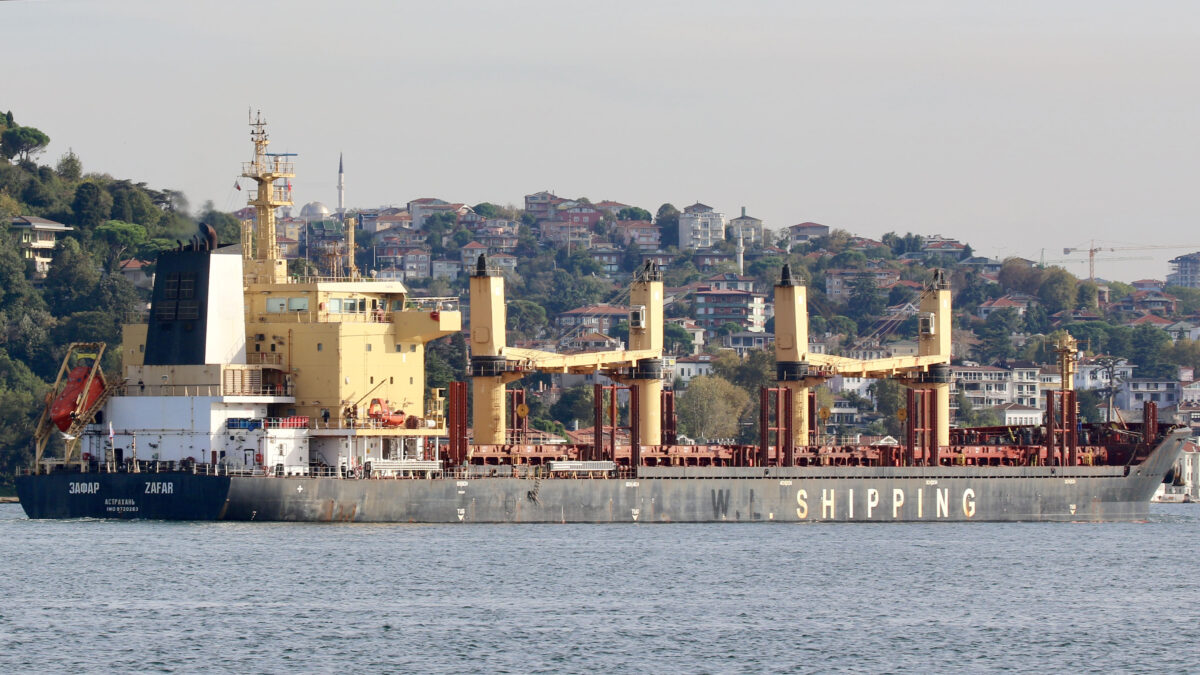Russian Radars Started Active Combat Duty in 2014
Last month Major-General Oleg Maidanovich, the commander of Russia’s Space Command announced that four early warning radars began active combat duty in 2014.
The long range Voronezh class radars located at Yeniseysk, Barnaul, Irkutsk and Kaliningrad are currently in a mixed state of full active and experimental combat duty.
The two variants, the Voronezh-DM and Voronezh-M/VP have been in the sights of Russian watchers for some time. That’s because they help form the backbone of Russia’s new early warning radar system, scheduled to be complete by 2020.
Their deployment supports Russia’s ongoing efforts to modernize the military which suffered following the collapse of the Soviet Union.
The four radars joined a network of existing Voronezh and older Dnepr, Daryal, and Volga radars located across Russia and the near abroad.
The latest in the series, they are meant to be more cost effective, capable and scalable, according to Russia’s Kommersant Daily. For example, the Voronezh-DM was reported to consume only .7 megawatts of power—down from 2 MWt and 50MWt that the older Dnepr and Daryal consume.
However, procurement costs have risen in recent years and the radars now range between RUB 2.85 billion and RUB 4.4 billion, up from initial estimates of RUB 1.5 billion. Despite doubling in price, gains have been made in other areas such as faster assembly using prefabricated modules and a lower personnel requirement for operation.
With a reported range of 4200 km, these third generation radars are designed to detect ballistic and cruise missile launches well beyond Russia’s borders. As the primary land-based component for the early warning mission, Russia has moved quickly to complete their construction. Once in operation, they compliment Russia’s early warning space assets, Cosmos 2422 and Cosmos 2446, both in highly-elliptical orbit.
Current Voronezh Locations
So far, the four radars join two additional Voronezh sites in operation, the Voronezh-M at Lekhtusi (outside St. Petersburg) and a Voronezh-DM at Armavir (Krasnodar Krai). They went on combat duty in 2012 and 2013, respectively.
According to satellite imagery, the Yeniseysk radar is located in Krasnoyarsk Krai less than 100km from Russia’s old Daryal radar site. Its UHF array is directed at Russia’s northeast boundary.
Watching the southeast, especially China, Pakistan and India, Russia has the Voronezh-DM at Barnaul in Altayskiy. The latest satellite shots viewed in Google Earth still showed construction activity in June.
The third radar, the Irkutsk-based Voronezh-M—also reported as Mishelevka—is located in Siberia’s Lake Baikal region. Fielding two arrays, one points northeast overlapping with Yeniseysk and another is directed southeast. Built at a previous Dnepr radar site, the radar fills gaps in coverage over parts of China and Japan.
The last radar station mentioned by Maidanovich is at Russia’s Kaliningrad located at the southeast section of the abandoned Dunayevka airfield. A beachhead between Lithuania and Poland, Kaliningrad sports a Voronezh-DM stretching coverage over most of Western Europe, overlapping with the site at Armavir.
Beyond these six sites, two additional Voronezh class radars are currently under construction at Vorkuta and Orsk. The latest imagery from August shows substantial construction activity at Orsk while a patchwork of imagery from 2013 and 2014 had yet to show signs of construction in Vorkuta. Russia announced in late 2013, that construction had commenced.
In the meantime, the Russian press in 2012 said that another Voronezh would be setup at Olenegorsk with a planned deployment date for sometime in 2017. Since the Voronezh can be deployed in approximately 12 to 18 months, we may not see signs of a site until 2016.
For those who haven’t kept up with the Voronezh deployments, Pavel Podvig, a Russian strategic forces analyst, has created a KMZ file with the Voronezh locations and their respective fields of view for display in Google Earth. I suggest you check out his work over at Russianforces.org.






